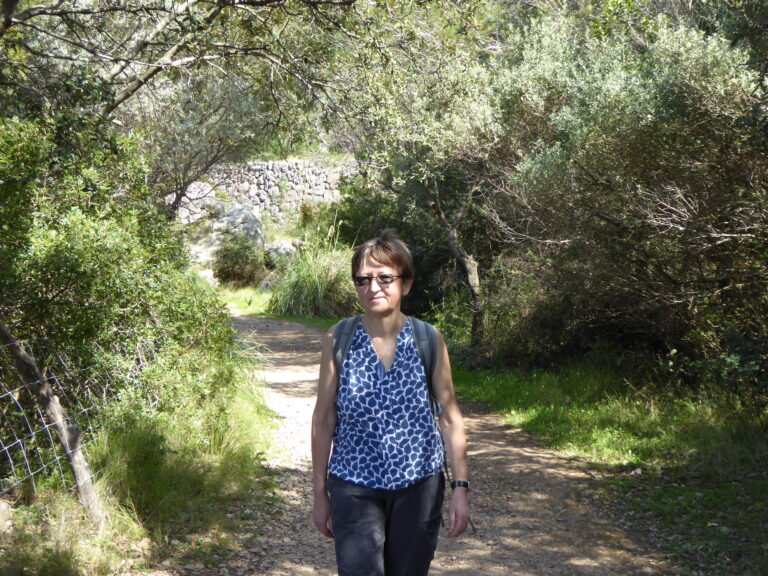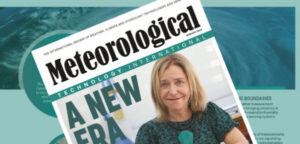Sue Grimmond’s career to date has seen her installing mobile pneumatic towers in strong wind gusts in Tucson, Arizona; visiting weather stations in schools in Mexico City; installing a flux site in Ouagadougou, Burkina Faso; and standing on roofs in cities across the world – all as part of various fieldwork projects.
Starting out as a hydrologist with an interest in snowmelt, flooding and irrigation in New Zealand, she moved to Canada to complete an MSc and PhD before spending 17 years in the US at Indiana University and then moving to the UK for roles at King’s College London and finally at the Meteorology Department at the University of Reading in 2013.
Grimmond’s career has seen her travel the world and move from a focus on hydrology to one that incorporates meteorology and urban climates. A career highlight is when in 2021 she became the first female recipient of the Royal Meteorological Society’s prestigious Symons Gold Medal.
This award recognized her research in understanding urban climates, her contribution to improving the environment in cities around the world, and the selfless fostering of young researchers. “The award was a lovely recognition of the work my team has done, but even more so for the field of urban climatology,” Grimmond says. “When I started out there were few people working explicitly on and in cities, but now it’s mainstream. To know I have been part of that is very special.”
The main project Grimmond is working on currently is called ‘urbisphere’, which aims to forecast dynamic feedback between weather/climate and cities. “We are aiming to incorporate humans and their behaviors into weather and climate forecasts and projections,” she explains. “It’s a multiyear project working in Berlin, Paris, Bristol, London, Freiburg, Stuttgart, Heraklion, Nairobi, Beijing, Colombo and Lahore. We’re measuring, modeling, undertaking surveys and working with a broad group of stakeholders and end users. My team is focused primarily on the modeling.”
Grimmond credits some of her success to the female support she has received along the way. “Right from the outset I benefited from great mentors, other female meteorologists and friends, who were all very generous with their guidance and support,” she says.
Looking at what needs to be done to encourage more women to join the industry, she concludes, “Meteorology needs to be open to women who have come through a range of pathways and ready to support them in acquiring the skills they need. There’s no question that gender – and other – inequalities still exist in some schools, and we need to make sure that women who haven’t followed a traditional STEM training path can enter the sector.”
A longer version of this article originally appeared in the January 2023 issue of Meteorological Technology International. To view the magazine in full, click here.




